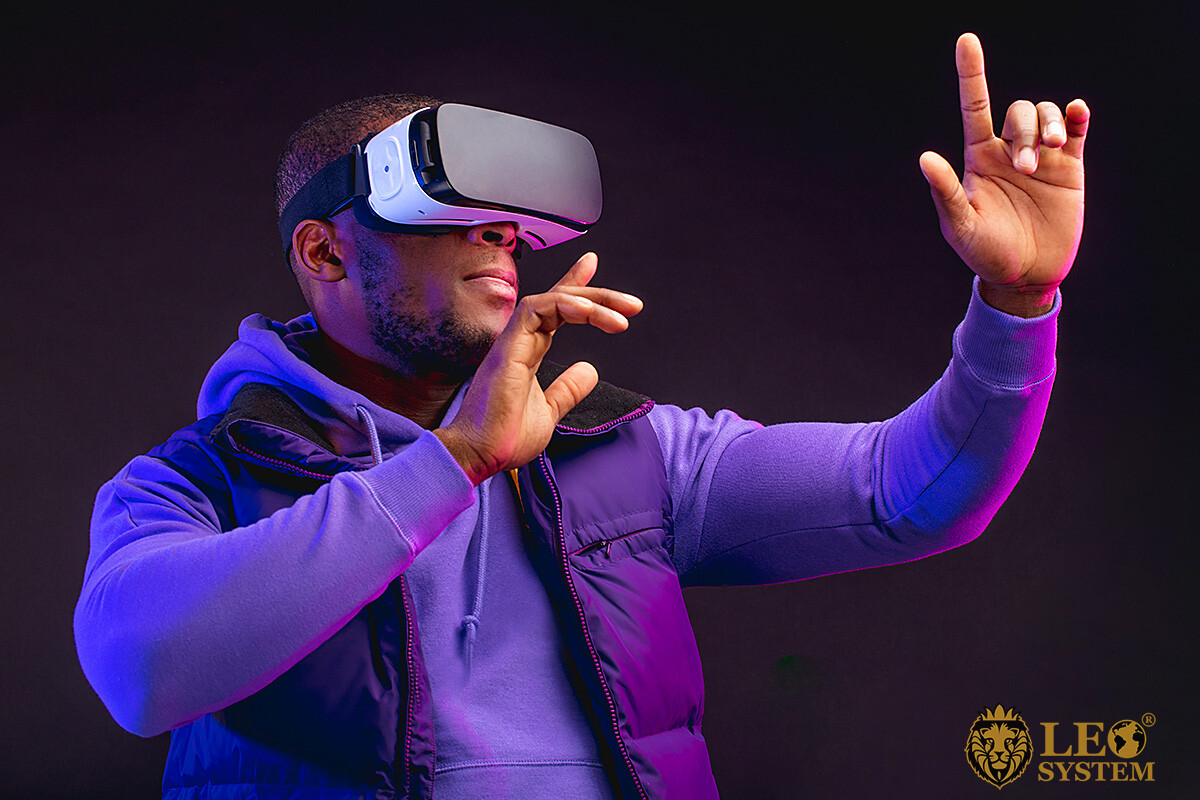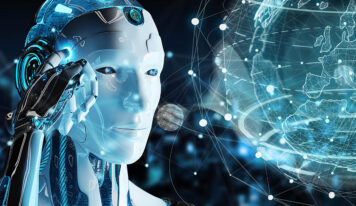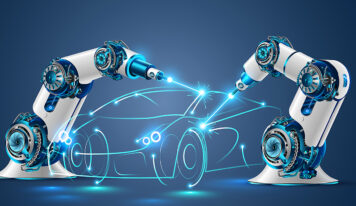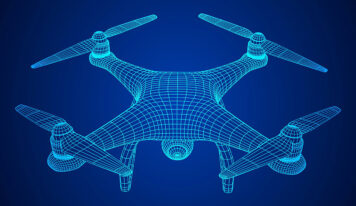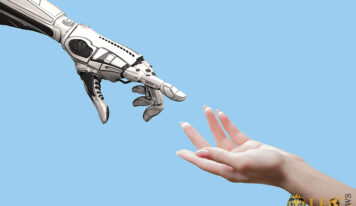Virtual reality (VR) technology is the next major technological shift. It will create an extra medium for how our children and also higher education are administered. The education sector is known for being slow to adopting technology in order to improve the quality of its offering.
In this content piece, we will explain how virtual reality technologies in education can help the students, teachers, and the educational institution as a whole.
Experience-Based Learning.
Experience-based learning also known as ‘kinesthetic’ learning is a form of education that is currently very limited. In this regard, VR devices will prove especially useful for schooling in more hands-on areas such as surgery, as well as for young kids who learn better through interaction.
The reason why experienced-based learning is so effective is that it creates memories. Students can then refer back to those memories much better than information that they have memorized without any context. Moreover, this memory will not just extend to information, but will also include muscle memory. For example, a medical student who has conducted medical procedures in VR will be able to get going much faster than one who hasn’t.
In addition, it is a great way to initiate interest in a subject. Imagine that before your high school students are about to start their biology curriculum, that they are able to explore blood vessels in the human body. Following that, they will likely be a lot more engaged in reading and listening about that subject.
More Inclusive.
Education can be limiting for individuals suffering from disabilities that affect their movement and stamina. Through VR technology, a student using a wheelchair will be able to experience otherwise difficult to reach locations such as a mountain and volcano. Through this extra inclusivity, a higher proportion of students will be able to receive the same quality of teaching.
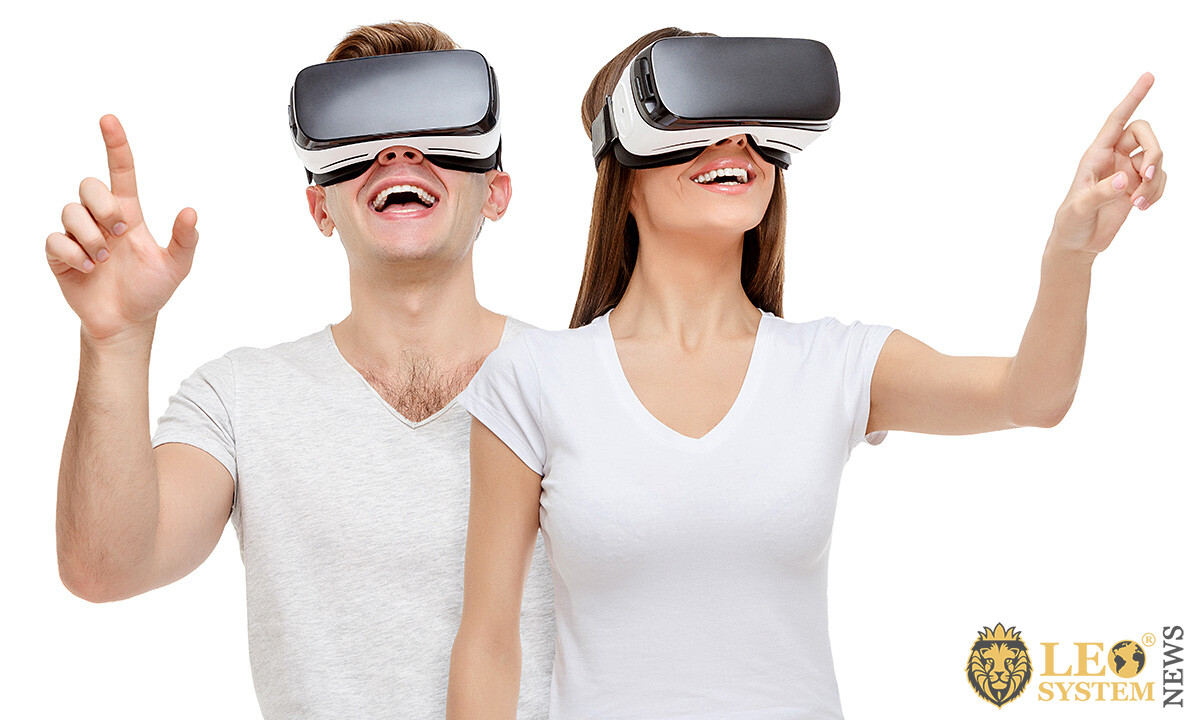
Apart from more educational subjects, it can also be used in physical education (PE). Sports such as tennis, basketball, and kayaking can be simulated thanks to VR. Thus allowing students with disabilities to be more included in these school activities without being at a major disadvantage.
Affordable.
Over the long term, VR technology is going to prove a very affordable way to provide high-quality education to your students. You will be able to go on trips around the world in virtual reality. Furthermore, VR gadgets as long as they are taken care of can be reused tens of thousands of time by different students for many years.
Thanks to this, the cost of every use will be very low, for example, if you bought a VR set for $500 and use it 10,000 times it will cost just $0.05 per use.
Due to the reusability and the main cost being the initial purchase price. This will mean that pupils from lower-income backgrounds can benefit from these devices. On the other hand, a school trip is a one-time experience in itself that not all families will be able to afford. The savings that the educational institution makes means that they could be passed on for further improvements. As well as to offer further assistance to lower-income pupils.
Allows for Experimentation.
Making mistakes is a key way of learning. However, experimenting in the real world can be expensive when things break, as well as in some cases dangerous. Such an aspect of VR is especially important when it comes to serious higher education fields such as medicine and learning to fly a plane.
Experimenting and making mistakes in a real setting can have massively negative consequences. VR creates a safe space for people to learn by exploring all of the possibilities. Through the use of virtual reality technologies in education, all of this can be essentially eliminated.
VR will speed up the training process of doctors and pilots. Currently, medical practitioners are limited to the amount of practical experience based on the number of body donors. Moreover, this will also increase the quality of the training, which will widen the employment opportunities for your students. As well as improve the quality of service that the general public will receive.
Revolutionizing Remote Learning.
Learning remotely has now become very widespread. Unfortunately, this has also come with a number of disadvantages, such as a disconnection between the classes. Now, students are less likely to have valuable interactions with each other, but are instead a series of squares on a screen. Yet, this is where VR technology can play a major role.
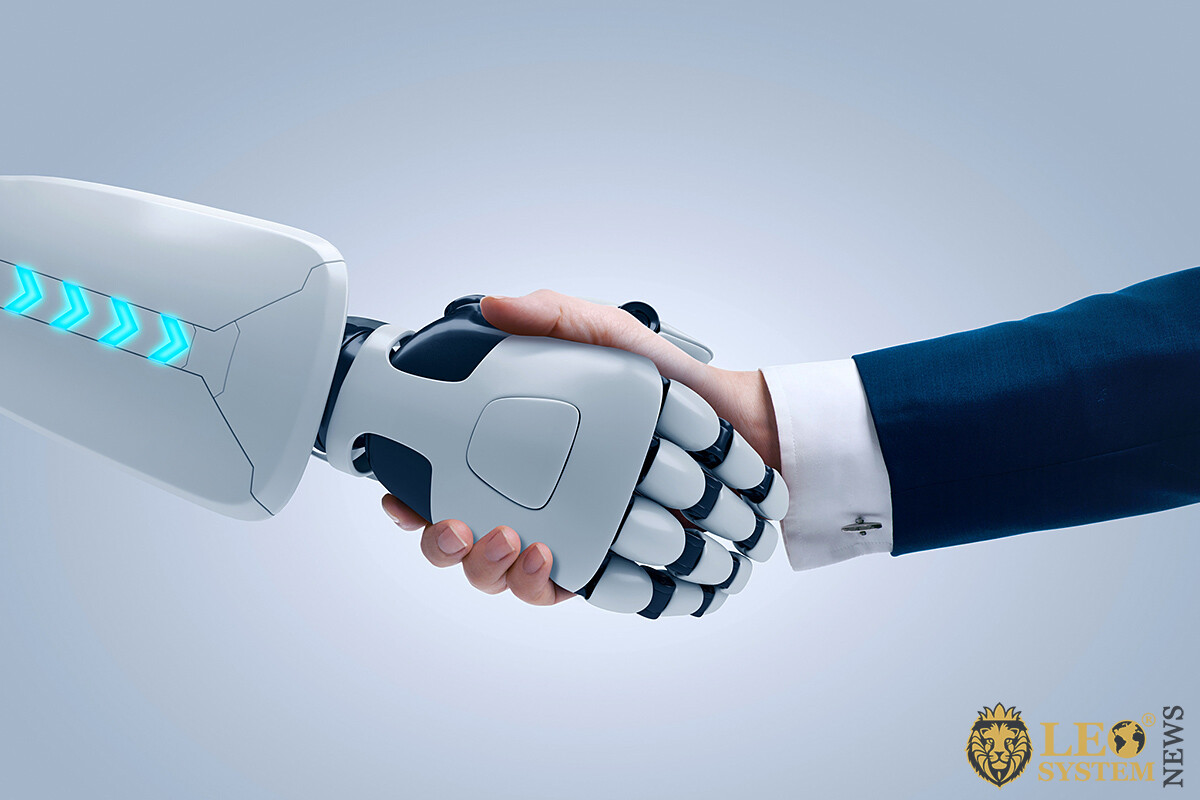
Through VR, you can recreate the classrooms in your school. Here, everyone is going to have their own custom-made avatar that can be made to look like them. Additionally, every single participant of the class is going to be assigned their own seat and be able to carry out actions such as raising their hand.
Although this may seem like a minor cosmetic change. It is actually proven to help students feel more involved in the class, as well as being beneficial for their mental health.
Gamifying Education.
Gamification of education can provide motivation to children and even adults to work harder at school. One of the big reasons is that individuals often lack the ability to track their progress. This is naturally demotivating since you do not know whether you are doing well or if you are lacking in a certain area.
To add to this, by gamifying education you are able to foster competitiveness between your pupils. In turn, it also has the effect of boosting the incentive that individuals will have to work harder and do better. For example, there could be a live ranking of how well the students do in the VR learning environments in which they are engaged.
It can also be used as a reward for the good behavior of the younger cohorts that you are teaching. And the great thing is that even when your pupils are enjoying themselves, they will at the same time be learning.
Eliminating Distractions.
Virtual reality technologies in education are going to minimize distractions for the better. Class demonstrations are notorious for the distractions among many of the people in your class. With VR, those that you are teaching are not inattentive since they are fully immersed in their very own virtual reality environment.
Distractions mean that those who you are teaching will spend less time-wasting their time in non-productive ways, and instead will be improving their knowledge. Every teacher knows that simply telling your class to do something rarely works.
Thankfully, using modern high-tech solutions such as virtual reality, you are able to properly engage your class and help them achieve the results they deserve.
Read the article: What Is Artificial Intelligence and How Does It Work?

















